
Urgent need from practice
The Law on Technology Transfer was first issued in 2006. In 2017, the law was amended to better suit the integration context. However, after nearly a decade of implementation, the law has revealed many shortcomings. The scope of regulated technology does not cover emerging technologies; financial and legal mechanisms for the transferor and the transferee are still lacking...
In the 2017-2023 period, the country had 579 technology transfer agreements granted registration certificates, with a total value of more than 114,000 billion VND. Notably, up to 85% of contracts belonged to foreign-invested enterprises, accounting for 93% of the value. There were only two technology transfer contracts from Vietnam to foreign countries. Notably, over 65% of foreign direct investment (FDI) enterprises applied technology that was over 20 years old, only 15% had access to modern production technology.
This situation shows a great dependence on imported technology sources, but most of them are not advanced technology. Along with that is the situation of transfer pricing, technology valuation lacks transparency, even foreign investors contribute capital with outdated machinery that has been fully depreciated but charge high prices, causing budget losses. As a result, although Vietnam has received many technologies, the spillover effects and innovation in the economy are still limited.
Another limitation is human resource capacity. Although technology transfer activities create opportunities to access new knowledge, this team is unevenly distributed, mainly concentrated in large enterprises and research centers. Universities and research institutes have very low revenue from technology transfer.
In that context, according to Deputy Chairman of the National Assembly's Committee on Science , Technology and Environment Nguyen Phuong Tuan, amending the Law on Technology Transfer is necessary and urgent to perfect the legal framework, increase transparency, create favorable conditions for businesses, while ensuring risk management, protecting intellectual property rights and promoting innovation.
6 new policy groups
Deputy Minister of Science and Technology Hoang Minh, Head of the Drafting Team for the Draft Law on Amending and Supplementing a Number of Articles of the Law on Technology Transfer, said that the draft Law (amended) will be submitted to the National Assembly at the upcoming 10th session. The Law is expected to amend 26/61 articles, focusing on 6 major policy groups.
Firstly , determine the scope of regulated technology. The law will supplement strategic technologies and green technologies to cover new technologies following world trends, while reviewing and standardizing concepts and terminology. This is the basis for Vietnam to proactively approach and master new technologies, in line with the goal of developing a green and sustainable economy.
Second , support and promote the transfer of endogenous technology. The law clearly stipulates the ownership and use rights of technology; allows capital contribution in the form of technology to investment projects; and adds a list of technologies encouraged for transfer. This is an important change, creating a legal basis for domestic research results to be more strongly commercialized.
Third , develop a transparent and professional science and technology market. The law will supplement policies for technology exchanges, innovation centers, incubators, technology valuation and appraisal services. The content of transfer contracts will also be regulated in more detail. These innovations aim to overcome the weak market situation and the lack of connection between research - production - market.
Fourth , create strong financial and legal incentives. The law provides incentives for both the transferor and the transferee. FDI enterprises that announce and implement technology transfer plans to Vietnamese enterprises will enjoy incentives. In particular, for international bidding packages in the strategic technology sector, there must be a commitment from the foreign contractor to transfer technology and train Vietnamese human resources.
Fifth , strictly control cross-border technology transfer. The law supplements regulations on technology transfer from Vietnam to foreign countries, and amends prohibited acts, to ensure both technological security and promote effective international cooperation.
Sixth , strengthen the capacity of state management, supervision and measurement of efficiency. Investment projects using technology will have to be appraised right from the decision-making stage.
These policy groups are expected to overcome shortcomings, create a modern, transparent legal framework, and be consistent with new laws such as the Law on Science, Technology and Innovation, the Law on High Technology, the Law on Artificial Intelligence, etc. At that time, this will not only be a legal tool but also a driving force to promote the innovation ecosystem, enhancing national competitiveness in the digital age.
Source: https://hanoimoi.vn/sua-doi-luat-chuyen-giao-cong-nghe-tao-dong-luc-moi-cho-doi-moi-sang-tao-719409.html





![[Photo] Solemn opening of the 1st Government Party Congress](https://vphoto.vietnam.vn/thumb/1200x675/vietnam/resource/IMAGE/2025/10/13/1760337945186_ndo_br_img-0787-jpg.webp)


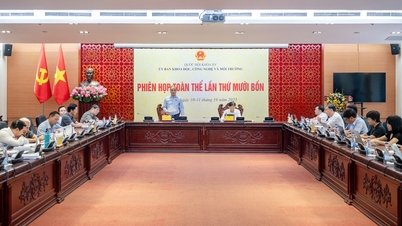





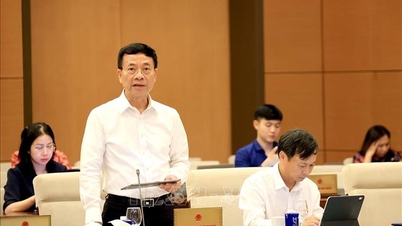

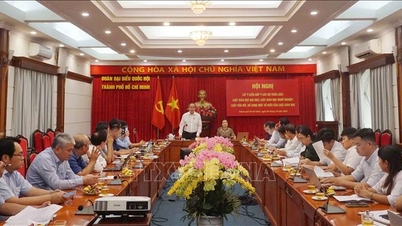
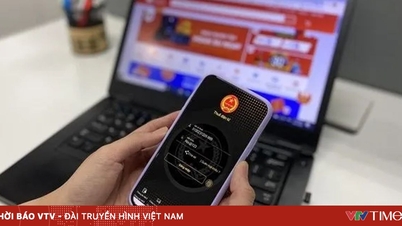


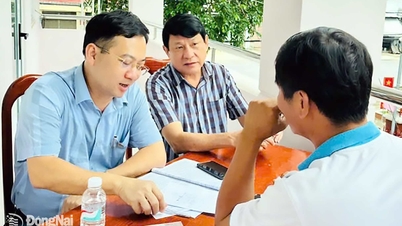


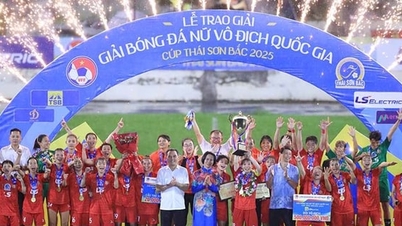
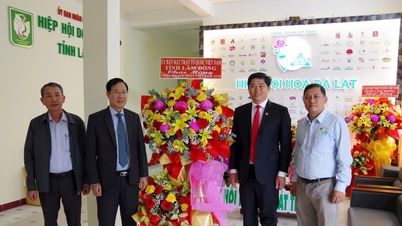

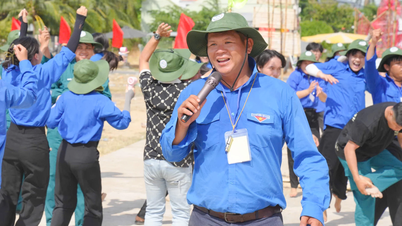





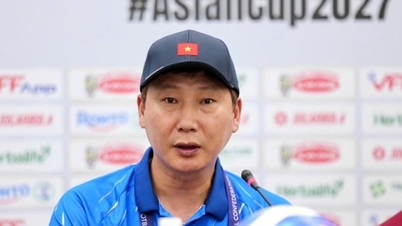
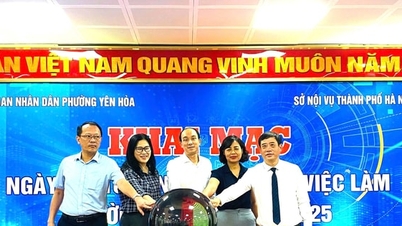
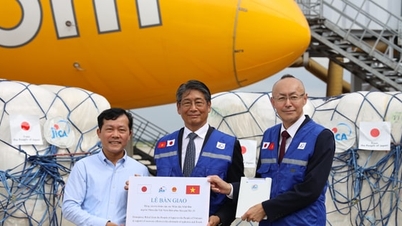
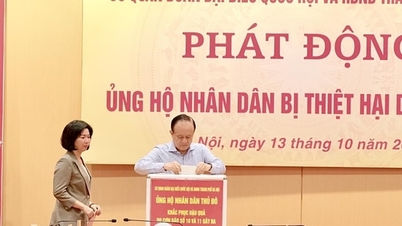

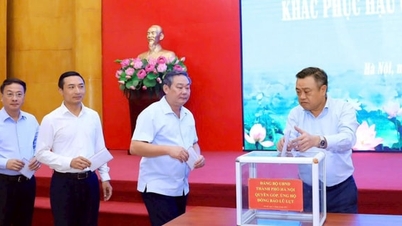
![[Photo] General Secretary To Lam attends the opening of the 1st Government Party Congress](https://vphoto.vietnam.vn/thumb/1200x675/vietnam/resource/IMAGE/2025/10/13/1760321055249_ndo_br_cover-9284-jpg.webp)




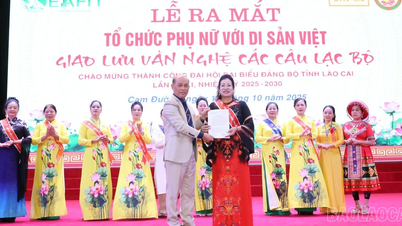

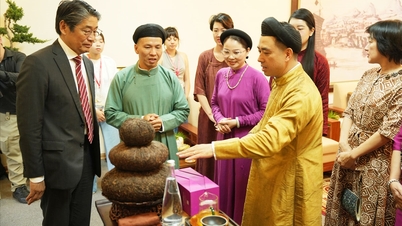







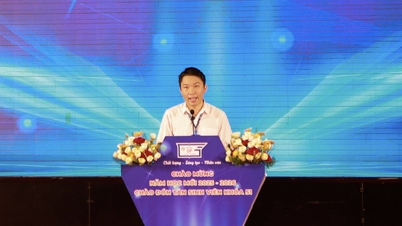





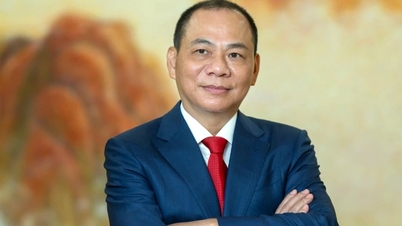





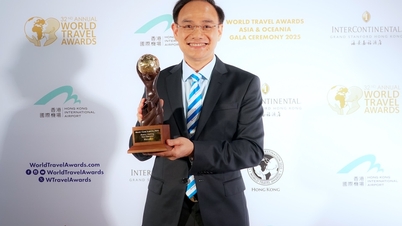




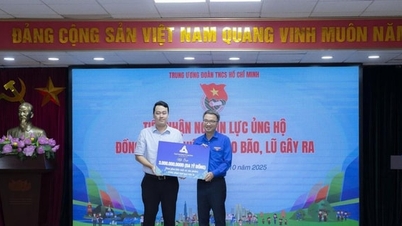
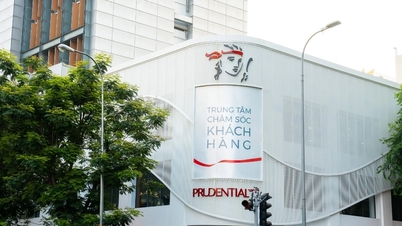
















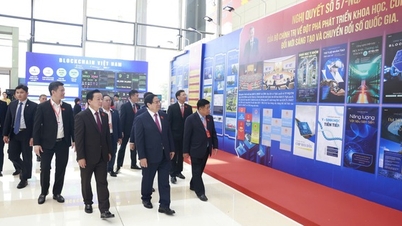
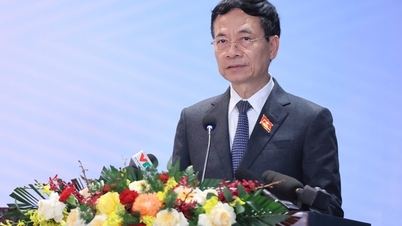
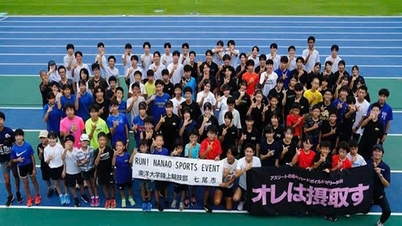

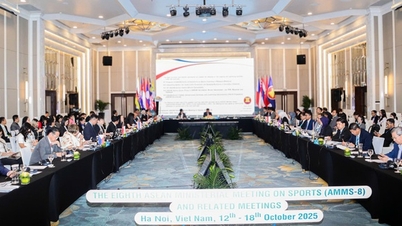


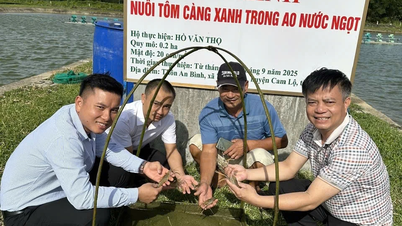
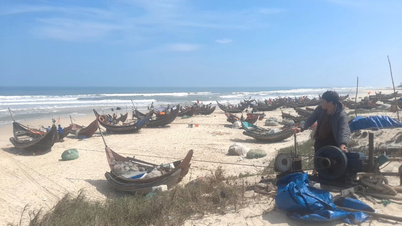
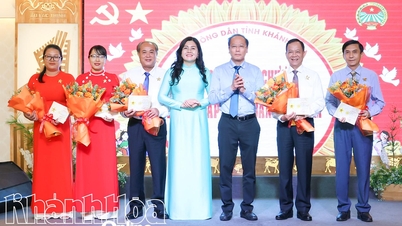













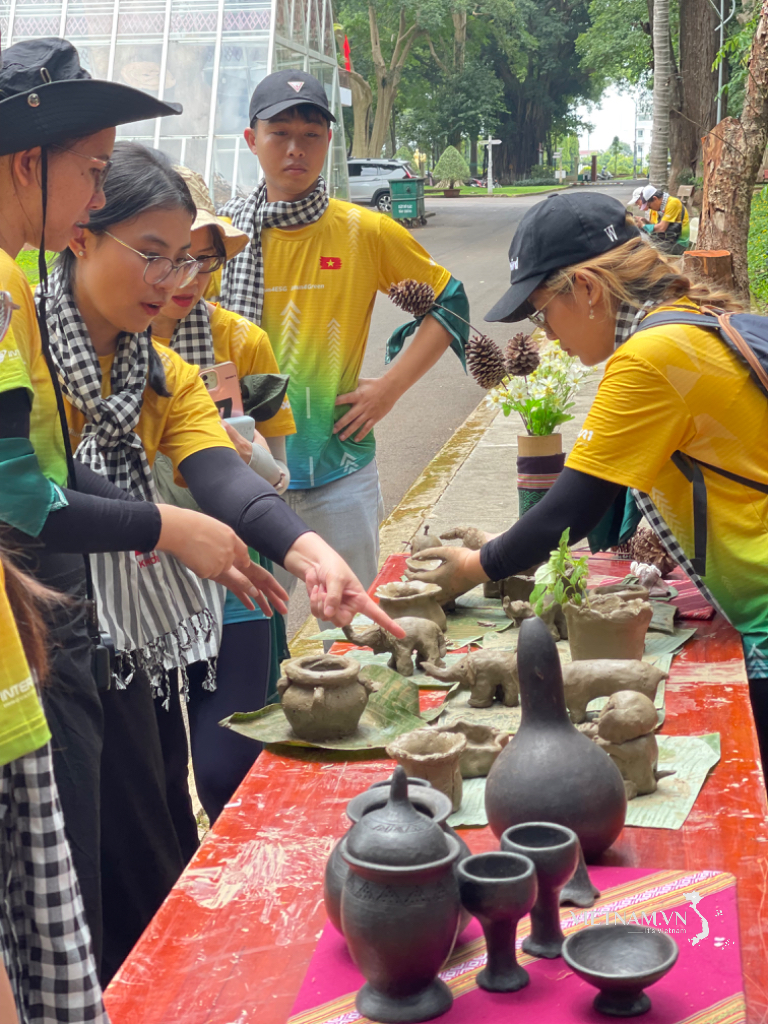

Comment (0)